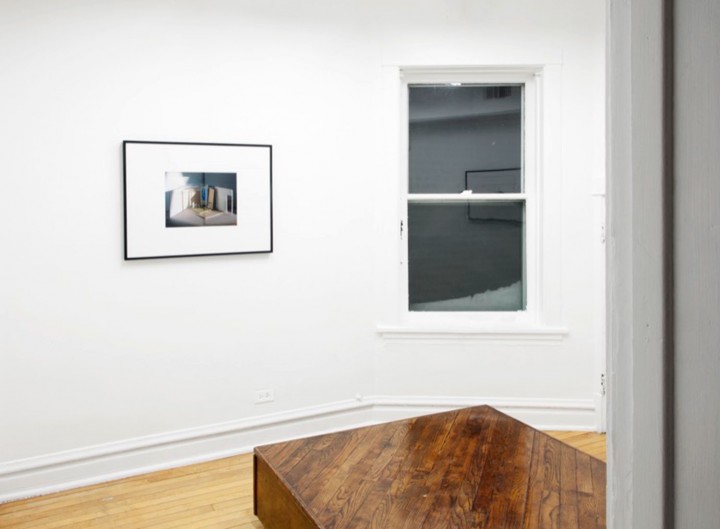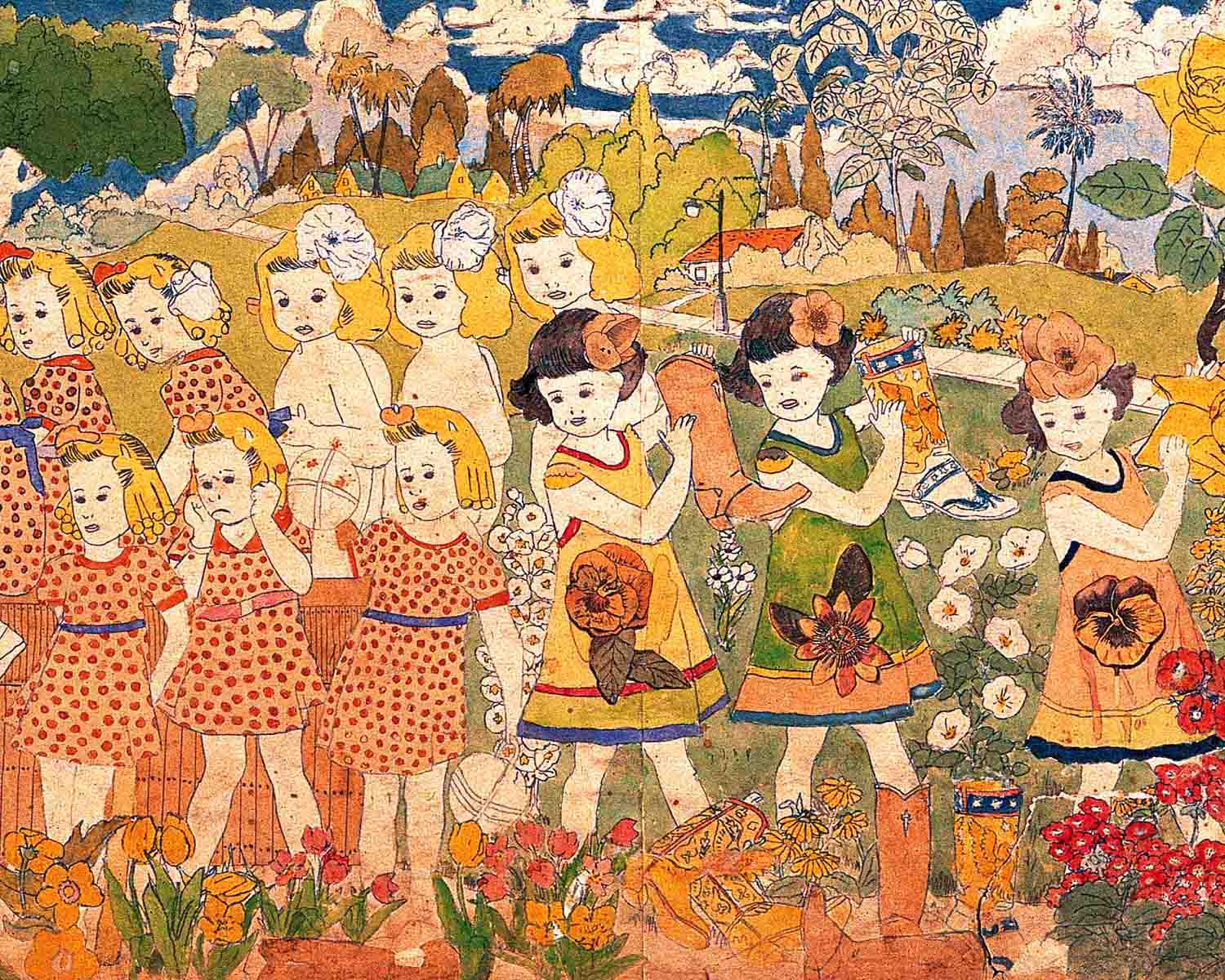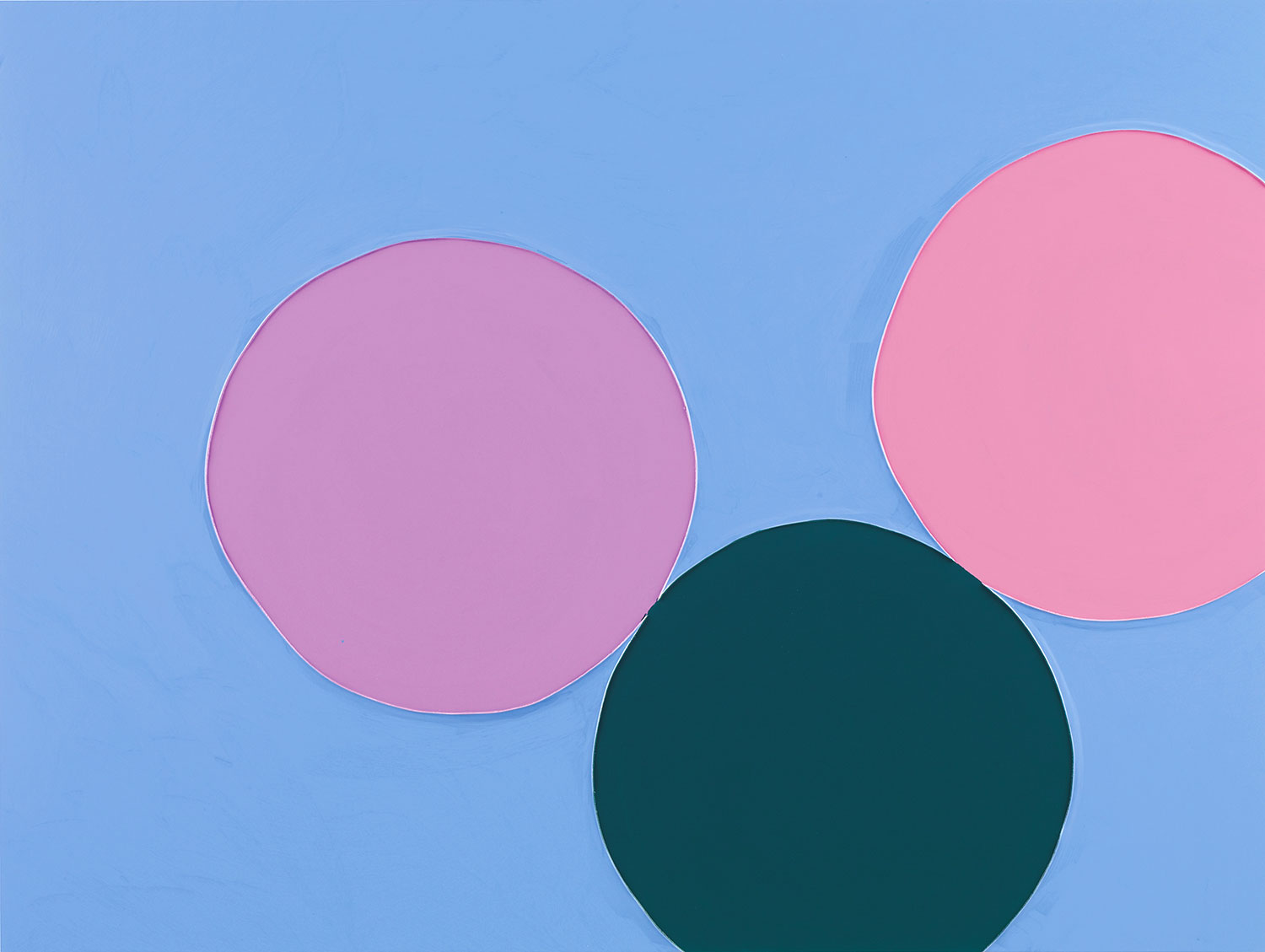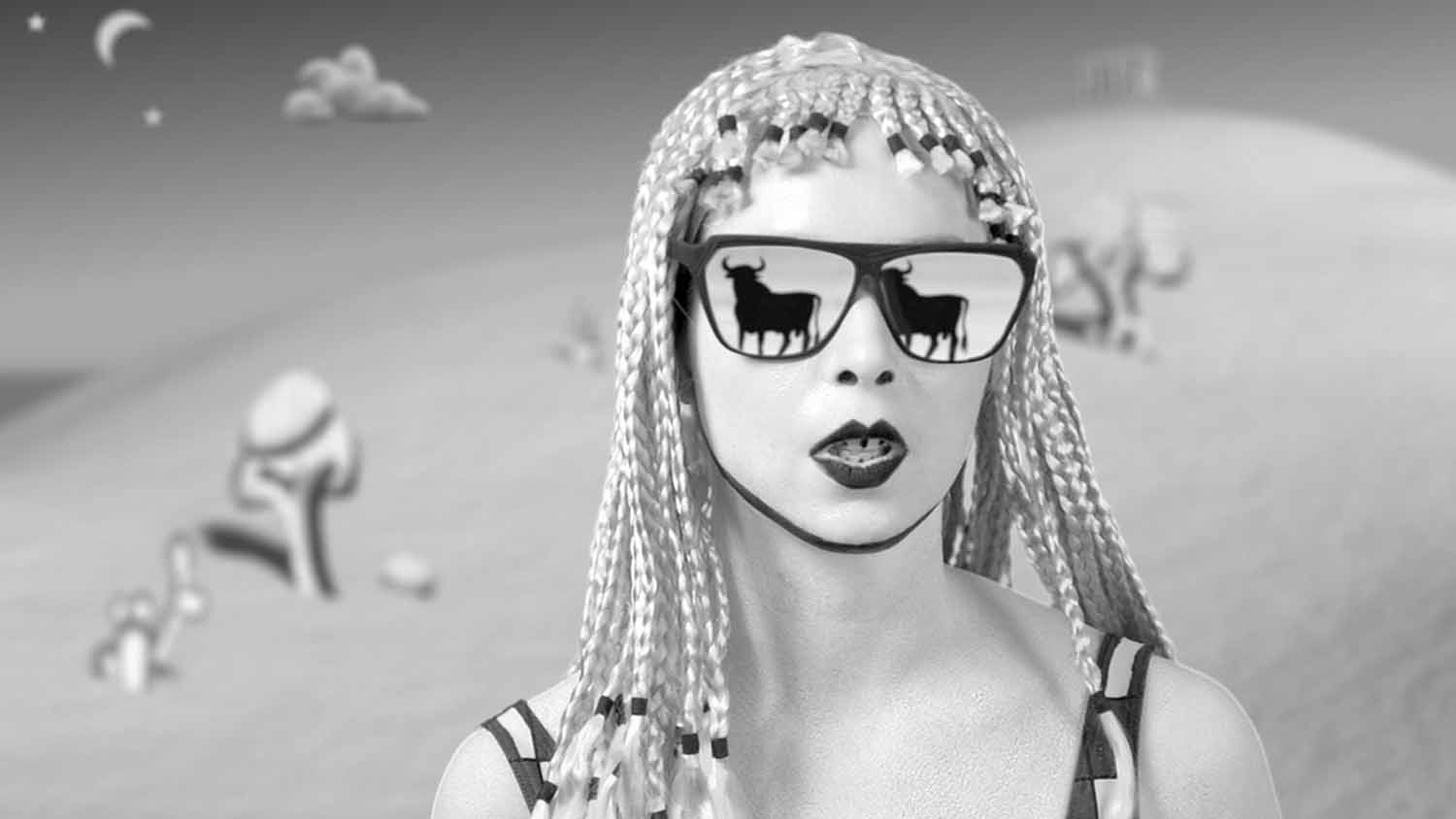Matthew Steinbrecher and Olivia Coran started Night Club in the fall of 2013 in a room of their apartment. There they catalyzed a new wave of American artists who operate in below-the-radar and peripheral scenes, exploring attitudes that undermine the systematization of artistic identity. Night Club recently moved into a storefront space. Flash Art talked with the two founders about the gallery’s cultural mission and future programming.
Can you describe the specific cultural environment in Chicago to which you intended to respond by initiating Night Club?
In the period leading up to Night Club’s start, there were a number of recent gallery closures whose missing presence could be deeply felt. These were spaces that really listened to artists and demanded a close viewing experience.Things felt very stagnant at the time. There was and is very little crossover between the few spaces that have access to an established commercial market and the far-flung project spaces and independent start-ups that make themselves available to young artists. This can lead to the same prevailing attitude — come to Chicago, get your degree, establish a scrappy network, then move on to “better” things — “better” being understood as more professional/moneyed.
The most interesting and meaningful things that take hold here tend to be the ones that totally disregard this stance, and take the means of production into their own hands. There’s a realization that Chicago can inextricably feel like a vacuum, and there’s been a lot of work happening in the past few years by a slew of incredibly dedicated people to help puncture that.
Night Club’s program seems to me to systematically question scenarios of normalization of the self — it often delves into topics such as queer identity, the tension between adolescence and adulthood, the subcultural imaginary, and so on.
We were still in school and questioning a lot in our own lives when we started Night Club. That carried over heavily into how we worked. The space itself was literally one of the bedrooms in our apartment — we would take turns sleeping in there, constantly taking the door off the hinges and moving furniture when people would visit. Bringing the work into such an intimate space really forced us to deal with what we were showing in a very basic, human and emotional way. This heaviness was extremely palpable, and informed a lot of the work we were interested in.
If there was anything that was constant, it was a certain anxiety and distrust in a lot of the systems in place around us. The gallery was a deeply personal exploration of many things that felt very tumultuous to us at the time, allowing us and members of our extended peer group to have a platform to think out loud and in public through some serious questions — of authorship, queer identity, the rapid professionalization of the young artist, mentorship, memory, grief, loss.
How do you envision this new phase in a storefront space, especially in comparison with the intimacy that distinguished the previous program? Can the ethos you describe be preserved in a more institutional setting?
It’s definitely going to be a big change. This is something that we don’t exactly know the answer to right now. As we’ve been preparing the first exhibition with Doug Ischar — a very large exhibition of photographs — we’re realizing just how accustomed we were to that small bedroom space, where you could hang one, two artworks that totally overpowered the room. It will be interesting to see how it changes the pace of things. The two of us can attest to how living within the exhibitions over the last two years became a test of endurance in many ways, and there is some relief to give it its own space.
The ethos still remains. If anything, this move opens up new possibilities now that we no longer have to deal with the constraints of a small apartment, and we’re very excited to be able to do this for the artists the gallery works with. I think it’s also a vote of confidence for younger spaces in Chicago, which often have an incredibly high rate of turnover and disappear as quickly as they come. Courtney Blades, another young gallery in town, is also moving into a new and larger space.
What are some future program highlights?
There’s a lot to look forward to for the rest of 2015. The first exhibition at the new space was with Doug Ischar. Then our first solo with Autumn Ramsey; an exhibition of collaborative works by Nolan Simon and Dylan Spaysky; projects by John Neff and Colin Self; and a group exhibition with Olga Balema, Math Bass, Nancy Lupo and Lily van der Stokker. In the spring I know we’ll be working on showing a new body of work by Alice Tippit and younger artist Lauren Taylor. We’re also planning on getting off the ground a Night Club-hosted music series that we’ve been wanting to do for some time.




